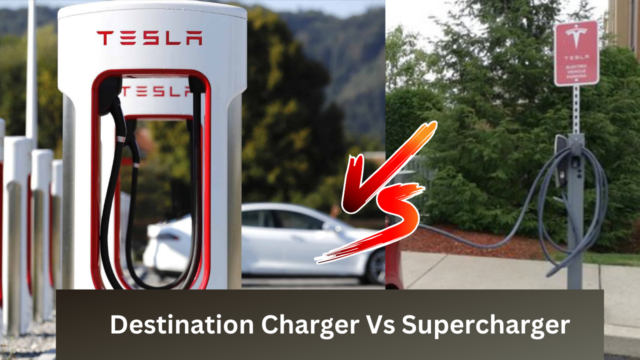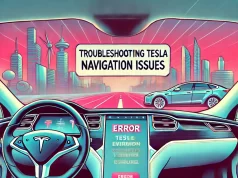Owning a Tesla also means finding a way to charge it when the battery runs low. Fortunately, Tesla provides its customers with two types of charging options: Superchargers and Destination Chargers.
But what are the differences between them, and which one should you use?
In this article, we will compare and contrast Tesla Supercharger and Destination Charger in terms of location, speed, price, and availability.
Tesla Supercharger Vs Destination Charger
Location
The first difference between Tesla Supercharger and Destination Charger is their location.
Superchargers are dedicated charging stations that are strategically placed along major highways and routes, allowing Tesla drivers to quickly recharge their vehicles during long trips.
Destination Chargers, on the other hand, are wall-mounted charging units that are typically installed in hotels, restaurants, shopping malls, and other public places, where Tesla drivers can charge their vehicles while enjoying their stay or meal.
Speed
The second difference between Tesla Supercharger and Destination Charger is their speed.
Superchargers are equipped with powerful charging stations that can supply up to 250 kW of power to the battery, enabling Tesla drivers to add up to 75 miles of range in just five minutes.
Destination Chargers, however, use alternating current (AC) to supply power to the battery, which is slower and less efficient than direct current (DC).
Destination Chargers can only provide up to 44 miles of range per hour, depending on the location and the model of the vehicle.
Price
The third difference between Tesla Supercharger and Destination Charger is their price.
Superchargers are more expensive than Destination Chargers, as Tesla charges a fee based on the amount of energy delivered to the vehicle. The fee varies depending on the country, the region, the time of the day, and the demand.
In the US, the average fee is $0.28 per kWh, which means that a full charge for a Model 3 with a 75 kWh battery would cost about $21.
Destination Chargers, on the other hand, are usually free to use, as they are offered by Tesla partners who want to attract and retain Tesla customers.
However, some Destination Chargers may require a parking fee or a purchase at the location to access them.
Availability
The fourth difference between Tesla Supercharger and Destination Charger is their availability.
Superchargers are more limited than Destination Chargers, as they are only available for Tesla vehicles and require a reservation or a wait time if the station is busy.
Tesla also imposes an idle fee for drivers who leave their vehicles plugged in after they are fully charged, to encourage them to vacate the stall for other drivers.
Destination Chargers, on the other hand, are more accessible than Superchargers, as they are compatible with other electric vehicles that use the same plug type and do not require a reservation or a wait time.
However, some Destination Chargers may be occupied by other vehicles or out of service, so it is advisable to check their status before arriving.
Convenience
Superchargers are more convenient than Destination Chargers, as they are designed to minimize the charging time and maximize the driving range.
Superchargers can charge the battery up to 80% in about 30 minutes, while Destination Chargers can take several hours to fully charge the battery.
Superchargers also have a dedicated app that allows drivers to monitor the charging progress and receive notifications when the vehicle is ready.
Destination Chargers, however, may not have such features, and drivers may have to check the vehicle manually or rely on the vehicle’s display.
Maintenance
Superchargers are more maintained than Destination Chargers, as they are owned and operated by Tesla, which ensures their quality and reliability.
Tesla also updates and upgrades its Supercharger network regularly, adding new stations and increasing the power output.
Destination Chargers, on the other hand, are owned and operated by third-party partners, who may not have the same standards and resources as Tesla.
Destination Chargers may be more prone to malfunctions, damages, or vandalism, and may not be repaired or replaced promptly.
Conclusion
Tesla Supercharger and Destination Charger are two different charging options that Tesla offers to its customers.
Superchargers are faster, more expensive, and more limited than Destination Chargers, while Destination Chargers are slower, cheaper, and more accessible than Superchargers.
Depending on the situation, Tesla drivers may prefer one over the other, or use both interchangeably.
Tesla also provides a map and a navigation system that show the locations and the availability of both types of chargers, making it easier for drivers to plan their trips and find the best charging option for their needs.







